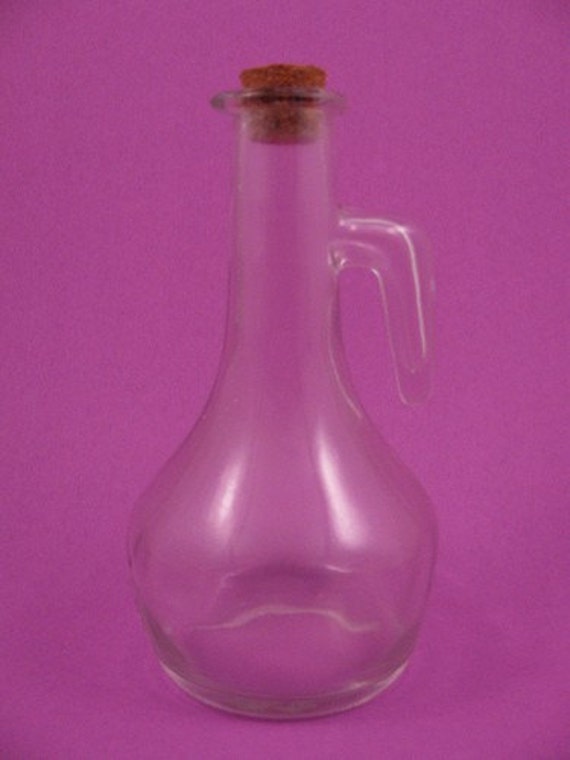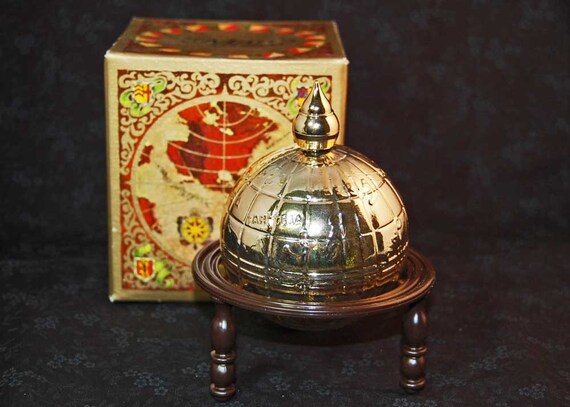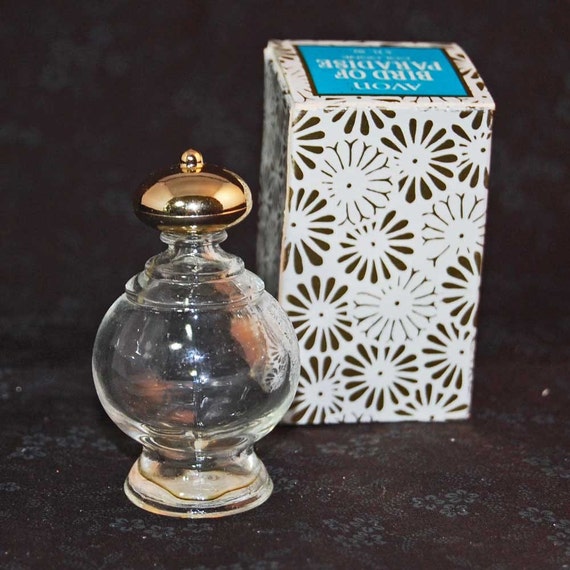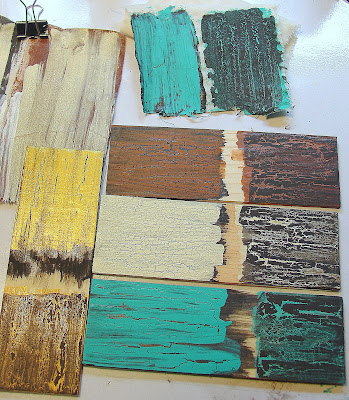Fresh raw almond milk is delicious, healthy, unprocessed, and economical. There is no waste, no unrecyclable plastic-lined tetra-pak boxes or cartons to put in landfills and drink BPA out of, and this tastes much, much better than storebought. The resulting almond meal is a free bonus, useful in cookies, crumb crusts, porridge, granolas, or in lieu of bread crumbs in stuffings and dressings, breaded crusts, etc.
To make a half gallon (or 2 liters) of delicious fresh almond milk, you will need:
about a pound (or roughly half a kilo) of fresh raw almonds out of the shell
A blender or food processor
A large bowl to strain into
A mesh bag or cheesecloth for first straining
A reusable fine wire mesh coffee cone or fine muslin bag for second straining
A half gallon or 2 liter refrigerator jug to keep it in
A few pinches of salt (optional)
Sweetener of your choice, to taste (optional)
You will be using about 3 cups of water for every 1 cup of raw almonds out of the shell. Soak overnight in enough water to cover with a little water more, to provide room for swelling. Another easier way to measure if you want to make 2 quarts or 2 liters at a time, is that 1 lb (or roughly a half kilo) of raw almonds out of the shell, makes a half gallon or 2 quarts or roughly 2 liters of creamy, rich almond milk when sufficient water is added after squeezing, to equal that volume. You can of course halve the water to make an almond cream suitable as coffee creamer, nog base, cream pies, or other uses where milk may be too thin.
A quick whir in a powerful blender results in a thick, frothy almond puree, ready to be squeezed in a mesh bag or jelly bag, cheesecloth, or something similar. Simply place your cheesecloth or mesh strainer bag over the bowl, pour and scoop your puree into it, draw it closed, and start squeezing until the almond meal is as dry as you can get it. Don’t add any more water at this point.
The harder you squeeze, the more creamy and nutritious your milk will be, but not to worry, any you don’t get into the milk will still be eaten in the form of the almond meal, so there is nothing wasted. I use a fine plastic mesh drawstring bag that doubles as a shopping bag for small loose items like garlic or peppers.
then pour the undiluted almond milk (that I just strained through the bag into a bowl) through a reusable gold metal mesh coffee cone filter. When it slows, gentle stirring makes filtering go faster. At the end, I press the bit of almond paste in the bottom to extract the last and creamiest bit. This finer, white almond meal is good to keep and dry separately and use as almond flour.
I make this easier by straining it the second time directly into my glass half-gallon refrigerator pitcher, and then adding more water to fill the pitcher, but if you are making an amount different from a half gallon, proceed accordingly to get an end result of 3 cups of water for every cup of almond. You may thin it to taste by adding water, but better too rich than too thin, because too rich can be solved by adding water, but too thin is too bad.
Let it sit covered in the refrigerator pitcher for 24 hours. You will notice a creamy layer floats on top, but with a few gentle shaking sessions and a day or so in the refrigerator, it will blend nicely and taste superbly creamy. Once that has happened, add sweetener if you choose, and salt a pinch at a time, shaking in between and tasting, until the flavor goes from a little “flat” with no salt, to “better than any milk I ever tasted” (perfect). If not sure, hold back on another pinch of salt because one pinch too many ruins it. If you accidentally do add that one extra pinch past perfect taste, add more sweetener and it will no longer taste salty. Some add vanilla, others add almond extract or other flavors. You can even add dutched cocoa for a creamy sensation.
See how this clings to the glass like the freshest dairy milk? Commercial preparations use thickeners such as guar gum to achieve something similar but their results are inferior. It’s hard not to drink it all up the first day, but it’s even better the second. Keeps about a week in the refrigerator, but don’t leave it out on the counter unless you want to experiment with raw almond yogurt or kefir.
Now you can enjoy lowcarb (depending on type and amount of sweetener if any) delicious vegan milk useful in vegan nogs, cream soups, mac-n-cheese, cream pies, alfredo, and so forth, whilst saving money over wasteful inferior pasteurized storebought concoctions, and keep your almond meal for the same price!
As for the almond meal, that may be another Instructable, but briefly, you spread it out on a half-sheet in a 300 degree F oven stirring a few times here and there until toasty and dry. Store in a jar, use as breadcrumbs, crumb crusts, breading, stuffing, cookies, cakes, and bars, or make into low glycemic granola.











